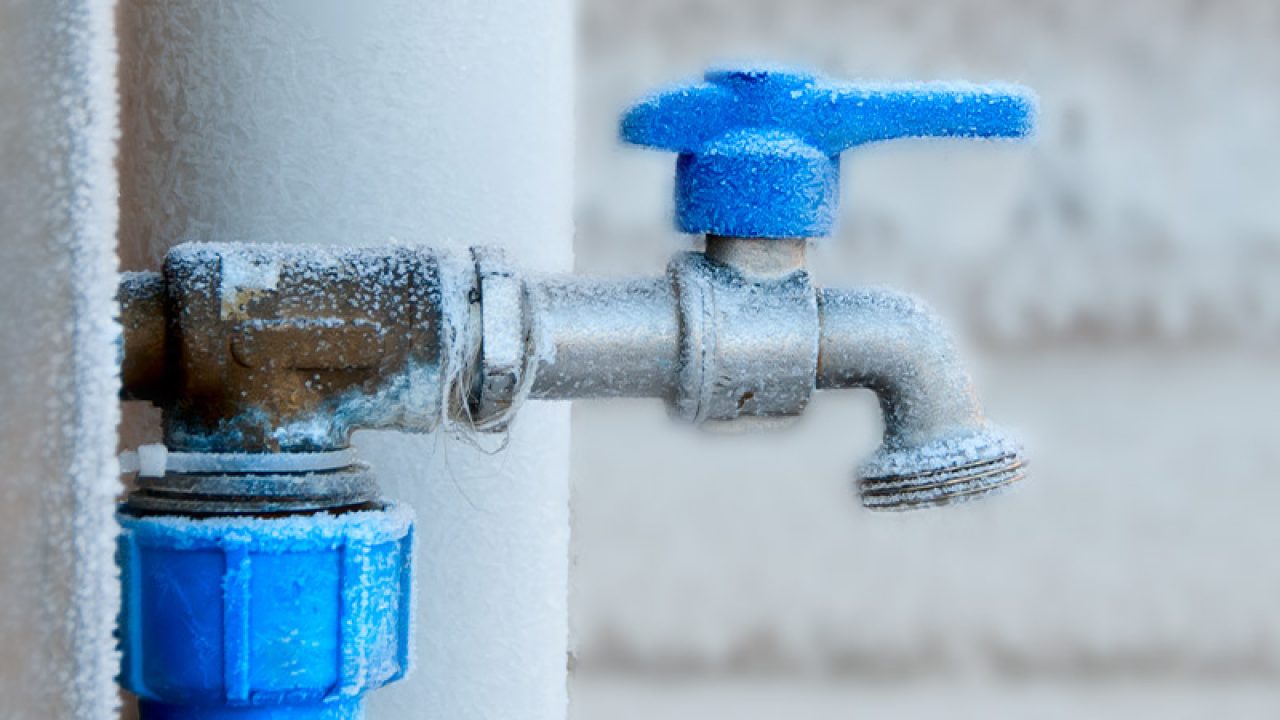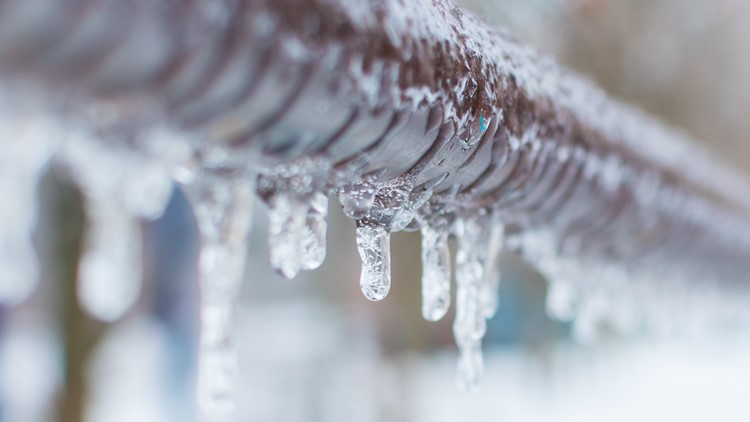How do you actually feel in regards to Preventing and dealing with frozen pipes?

Winter can damage your pipes, especially by freezing pipelines. Right here's just how to avoid it from taking place and what to do if it does.
Intro
As temperature levels decrease, the risk of icy pipes increases, potentially leading to pricey fixings and water damage. Comprehending exactly how to avoid icy pipes is vital for home owners in chilly climates.
Recognizing Frozen Pipes
What triggers pipelines to freeze?
Pipelines ice up when revealed to temperature levels listed below 32 ° F (0 ° C) for extended periods. As water inside the pipelines freezes, it broadens, putting pressure on the pipe wall surfaces and potentially creating them to rupture.
Risks and damages
Frozen pipes can bring about water disturbances, residential property damage, and pricey fixings. Burst pipes can flooding homes and cause substantial architectural damages.
Indicators of Frozen Pipes
Determining frozen pipelines early can stop them from breaking.
Just how to recognize icy pipelines
Look for lowered water flow from taps, unusual odors or sounds from pipes, and noticeable frost on subjected pipelines.
Avoidance Tips
Shielding prone pipes
Wrap pipelines in insulation sleeves or utilize warm tape to shield them from freezing temperatures. Concentrate on pipes in unheated or outside locations of the home.
Home heating methods
Maintain indoor spaces effectively warmed, especially locations with pipes. Open cabinet doors to permit cozy air to flow around pipelines under sinks.
Securing Outside Plumbing
Garden hose pipes and outside faucets
Detach and drain yard hose pipes prior to winter. Set up frost-proof faucets or cover exterior faucets with shielded caps.
What to Do If Your Pipelines Freeze
Immediate actions to take
If you suspect icy pipes, maintain faucets open to soothe pressure as the ice thaws. Use a hairdryer or towels soaked in hot water to thaw pipes gradually.
Long-Term Solutions
Structural adjustments
Take into consideration rerouting pipelines far from exterior wall surfaces or unheated areas. Include added insulation to attics, basements, and crawl spaces.
Upgrading insulation
Buy high-grade insulation for pipelines, attic rooms, and wall surfaces. Proper insulation assists preserve consistent temperatures and decreases the danger of frozen pipelines.
Verdict
Preventing frozen pipelines needs positive actions and quick feedbacks. By understanding the reasons, signs, and preventive measures, homeowners can shield their pipes during winter.
6 Proven Ways to Prevent Frozen Pipes and Protect Your Home
Disconnect and Drain Garden Hoses
Before winter arrives, start by disconnecting your garden hoses and draining any remaining water. Close the shut-off valves that supply outdoor hose bibs and leave the outdoor faucet open to allow any residual water to drain. For extra protection, consider using faucet covers throughout the colder months. It’s also important to drain water from any sprinkler supply lines following the manufacturer’s directions.
Insulate Exposed Pipes
Insulating your pipes is an effective way to prevent freezing. Pipe insulation is readily available at home improvement stores and is relatively inexpensive. Pay close attention to pipes in unheated areas such as the attic, basement, crawl spaces, or garage. Apply foam insulation generously to create a buffer against the cold. You can also wrap your pipes in heat tape or thermostat-controlled heat cables for added warmth.
Seal Air Leaks
Inspect your home for any cracks or openings that could let in cold air. Seal any holes around the piping in interior or exterior walls, as well as the sill plates where your home rests on its foundation. Additionally, make sure to keep your garage door closed unless you’re entering or exiting. Leaving it open creates a significant air leak that can lead to frozen pipes.
Allow Warm Air Circulation
During cold snaps, it’s essential to allow warm air to circulate evenly throughout your home. Leave interior doors ajar to promote better airflow. Open kitchen and bathroom cabinets to help distribute heat consistently around the rooms. If you have small children or pets, be sure to remove any household chemicals or potentially harmful cleaners from open cabinets for safety.
Let Faucets Drip
A small trickle of water can make a big difference in preventing ice formation inside your pipes. When temperatures drop significantly, start a drip of water from all faucets served by exposed pipes. This continuous flow helps prevent the water from freezing. Additionally, running a few faucets slightly can relieve pressure inside the pipes, reducing the chances of a rupture if the water inside does freeze.
https://choateshvac.com/6-proven-ways-to-prevent-frozen-pipes-and-protect-your-home/

I stumbled upon that piece on Winter Plumbing Precautions: Preventing Frozen Pipes when doing a search on the web. I beg you take a moment to promote this blog entry if you enjoyed it. We treasure reading our article about How To Avoid Freezing Pipes.
Click Here
Comments on “Essential Tips to Avoid Frozen Plumbing in Winter”